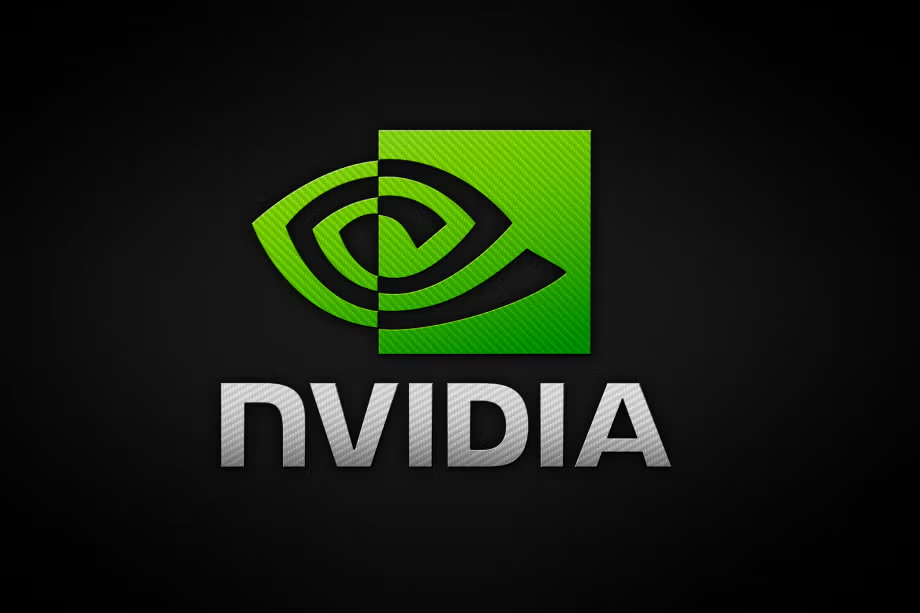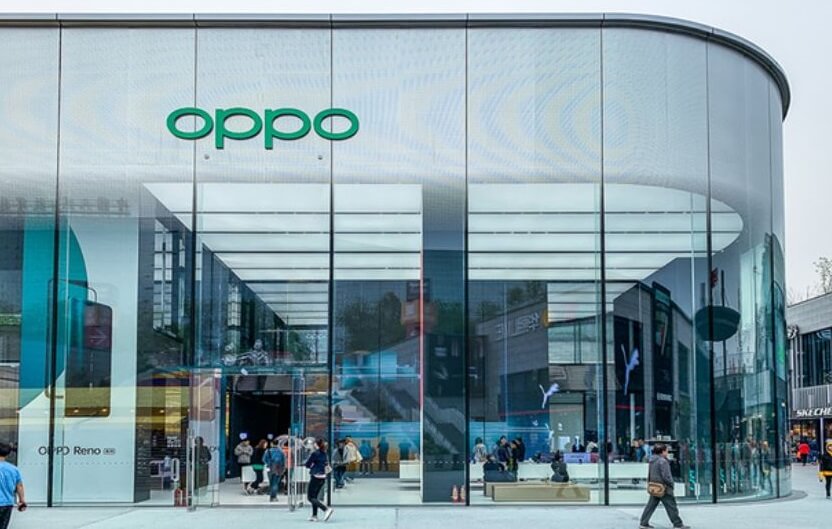Nvidia's H20 chip represents a strategic adaptation to the evolving landscape of US export restrictions and the burgeoning AI market in China. Designed to comply with existing regulations that limit the sale of advanced AI processors, the H20 is a modified version of Nvidia's powerful H100, tailored to meet the specific requirements of the Chinese market while adhering to US export control policies.
The US government has been progressively tightening export controls on advanced semiconductors to China since 2022, citing concerns over national security and the potential use of advanced technology by the Chinese military. These restrictions aim to slow China's progress in AI and maintain a competitive edge for the US. Nvidia's H20 chip emerged as a solution to navigate these restrictions, allowing the company to continue serving its Chinese customers while staying within the bounds of US law.
However, the situation is fluid. As of April 2025, the US government has further restricted the export of H20 chips to China, requiring Nvidia to obtain licenses for each sale. This development has created uncertainty and is expected to cost Nvidia billions of dollars in potential revenue. The restrictions on H20 could benefit Chinese AI chipmakers, particularly Huawei, which offers competing products. Some analysts believe that by restricting the H20, US regulators are effectively pushing Nvidia's Chinese customers toward Huawei's AI chips, potentially accelerating Huawei's chip design and software capabilities.
Despite the restrictions, China's AI development remains resilient. Chinese companies are innovating in ways to use limited computing resources more efficiently. For example, DeepSeek, a Chinese AI startup, has released open-source large language models that it claims were trained using only a fraction of the computing power needed for top US models. This highlights how export controls can inadvertently foster innovation and efficiency in China's AI sector. Huawei has also produced smartphones with domestically manufactured 7nm processors, despite significant restrictions.
The H20 itself is a high-performance AI inference GPU based on the Hopper architecture. While it shares similarities with the H100 and H200, it differs in performance, power consumption, and cost. The H20 features 14,592 CUDA cores and 96GB of HBM3 memory with a 4.0TB/s bandwidth. It delivers up to 900 TFLOPS in FP16 precision and has a TDP of 350W, making it more energy-efficient than the H100 and H200. While the H20's overall computing power is lower than the H100, it offers advantages in specific situations, such as running the LLAMA 70B model efficiently on a single chip.
The impact of US export controls on China's AI development is a subject of debate. Some argue that the restrictions will effectively limit China's ability to deploy advanced AI at scale, providing a strategic advantage to the US. However, others believe that China will likely develop its own chip-manufacturing capabilities in the long term, rendering the controls ineffective. It's also argued that overly broad export controls can harm US companies by reducing global sales opportunities while doing little to enhance US AI leadership.
Nvidia is reportedly working on modified versions of the H20 chip for the Chinese market, with a release expected in July 2025. These reconfigured chips will likely have reduced memory capacity and other performance downgrades to comply with US regulations. Nvidia's CEO, Jensen Huang, has emphasized the company's commitment to cooperating with China while adhering to US regulations.
The situation surrounding Nvidia's H20 chip and US export restrictions highlights the complex interplay between technology, trade, and geopolitics. While the US aims to curb China's access to advanced AI technology, these restrictions also have implications for US companies and the global AI landscape. The long-term impact of these policies remains to be seen, but it is clear that both the US and China are committed to advancing their AI capabilities in the face of evolving challenges.





















